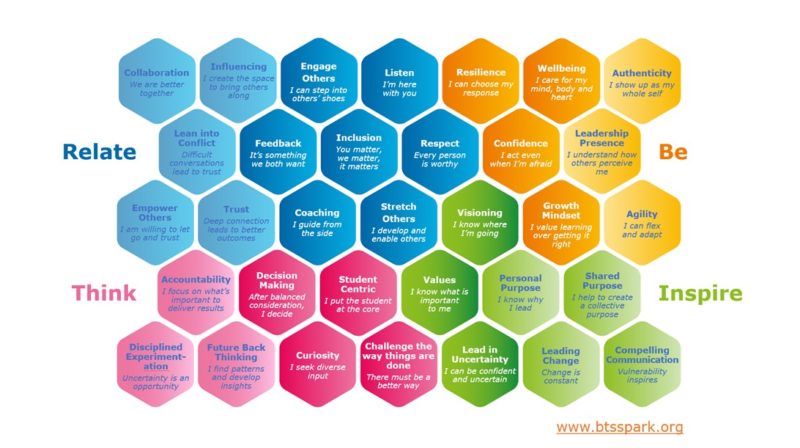Teachers and school/district leaders are needing more support and help with the way(s) they react and interact with others, but they currently are limited by time, resources, and lack of people to turn to.
These were the major findings from a recent survey that provides a snapshot into the issues and dilemmas that educators are facing. When we take a step back and review the survey results, it isn’t a surprise.
For the longest time, we have provided professional development, training, readings and coursework on the instructional or logistical side of education and leadership. Most educators haven’t been on the receiving end of learning experiences on the human side of education and leadership – the ways we act, react, and interact with others. The ways to develop and build trust. The way to form a vision and grow a culture. The way to bring ourselves to work and harness our humanness.
Time plays a role. Or rather the lack of time – not enough time, yet too many things to do – was listed as the major disruptor in building effective school environments. When we run our schools as a list of to-dos that we check off until the next day, we lose the opportunity to bring others in, align actions, and focus on relationships. Time (or lack of it) was taken up with interactions with others, in the school, the community and with the district office.
Most Time-Consuming Activities
- Communicating with school-based people (staff, students, etc.)
- Communicating with non-school-based people (parents, families, local community, etc.)
- Responding to directives from district office and/or state departments
And almost every respondent indicated ‘strongly agree’ or ‘agree’ that many of the challenges at school involve dealing with people in some way.
It should make sense, therefore, for teachers and leaders to focus on the way they react and interact to improve these interactions and reduce the amount of stress (and perhaps time) associated with them.
But when educators are asked where they go for help, the majority went to their peers or a trusted colleague.
Where to go to for help
- Peer/Principal colleague
- Trusted colleague
They didn’t however typically seek help from their
- Senior leadership team
- Mentor
- Professional coach / other professional.
That may be because they didn’t feel that they their senior leadership was willing or able to help; or that they didn’t have access to mentors or coaches. Teachers often go to senior teachers and leadership for instructional and curricula questions, but it appears that they are less eager to approach them for non-instructional matters.
To further complicate the issue, many leaders themselves indicated that they felt they didn’t have the right capabilities or skillsets to adequately support their school staff.
What gets in the way of you supporting your school staff in the way you would like?
- Time constraints
- Lack of capabilities or skillset
So, what areas need the most attention for teachers and leaders? In order off greatest concern:
- Difficult conversations
- Building capability of my team
- Engaging others and getting buy in
- Giving feedback
- Giving direction and creating shared purpose
- Listening
- Slowing down
- Wellbeing
- Prioritizing and time management
- Leading in uncertainty
- Empowering, delegating and letting go
- Setting personal boundaries and learning to say no
- Resilience and wellbeing
Many of these can be grouped, or at least aligned.
- Slowing down; prioritizing time; and wellbeing.
- Having difficult conversations; listening; and empowering others.
- Building capacity of my team; engaging others and getting buy in, and empowering, delegating and letting go.
These all relate to how we act and how we interact with others. Do we calm situations down or do we raise the heat of a situation? They also highlight our own self efficacy. Do we seek others out to share the load or do we carry everything on our own shoulders?
These findings match research that shows that most of the leadership coaching that educators and leaders request revolves around Relate (how we interact with others) and Be (how we think about ourselves). More than half of our coaching revolves around ‘Relate’ topics and a third focuses on ‘Be’ topics.

These areas are the human side of leadership, and they frequently align. It is unlikely if your self-confidence is lacking that you will then actively seek others to help. It is more likely that those who seek to engage and empower others have already grown their own level of confidence and resilience first.
Related:
Professional learning could advance teaching, equitable learning
- 4 ways to encourage play in education - April 25, 2024
- It’s time to pay student teachers - April 25, 2024
- The evolving requirements of a K-12 school network - April 24, 2024

